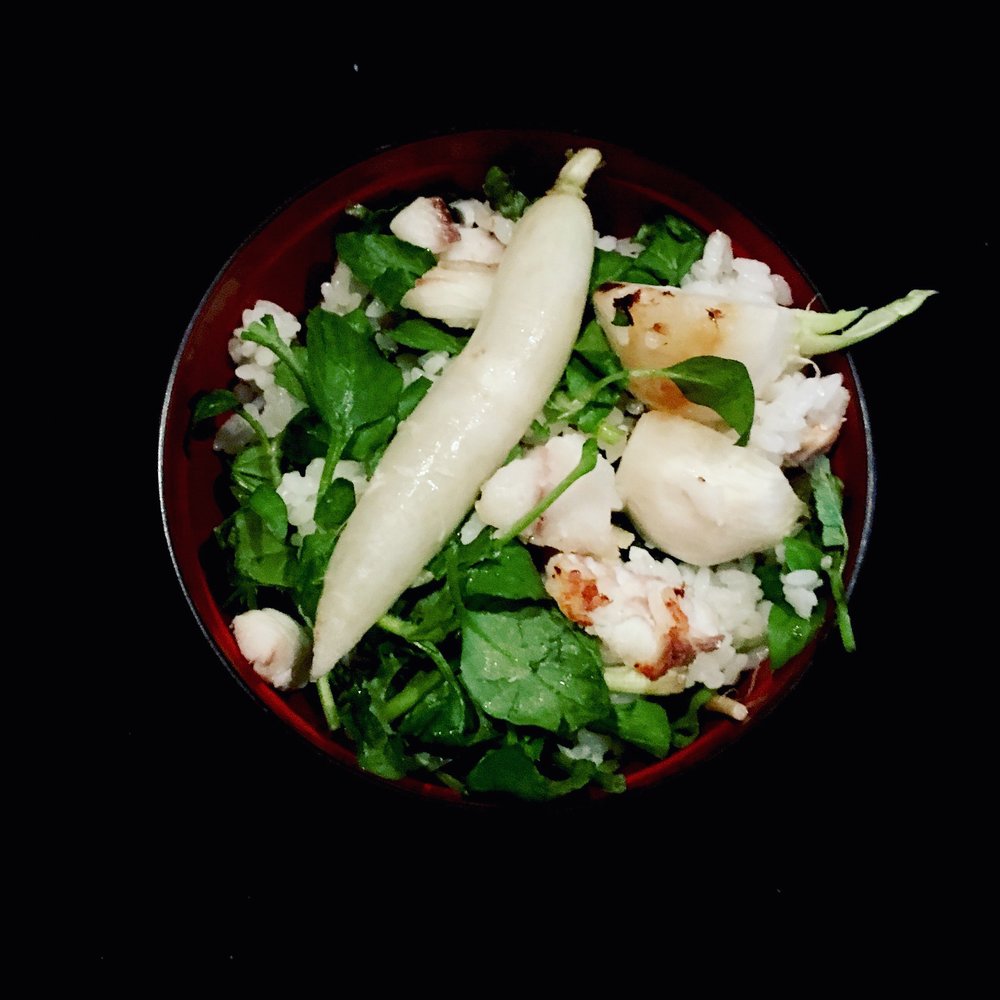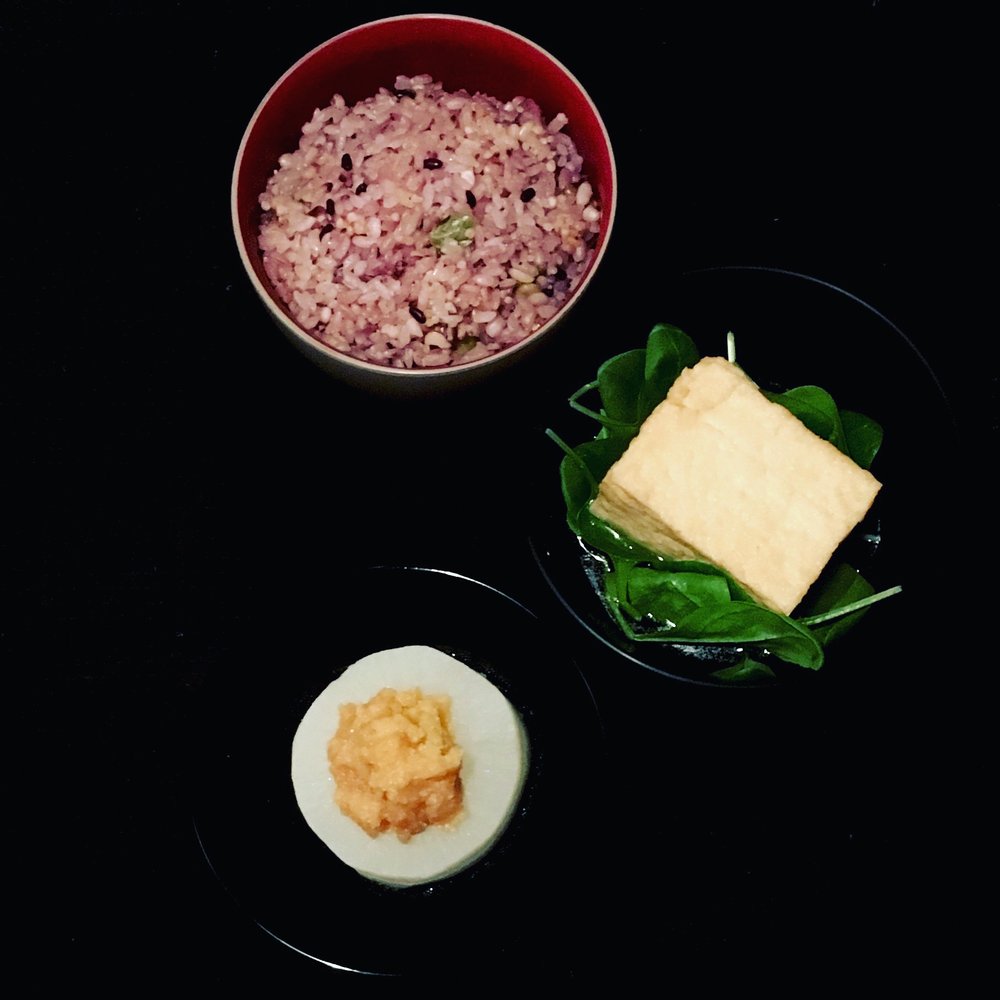
It is a tradition in Japan to exchange small presents at the beginning of the year (these mist be inexpensive presents of about 500yens), and these small presents are usually food. It is of a great variety and most department stores or food shop offer to prepare such items. They must be wrapped and have the proper 御年賀 paper on them. Only paper, no ribbon or other decoration, and eventually the name of the person offering it written (to make it easier to identify from whom it comes from and return the gift). Yesterday at the yearly shamisen’s concert we have exchanged many 御年賀 and it is always fun and nice to discover what we have received. Classic gifts are rice crackers, dry fish, taukudani (seaweed or small fishes cooked in soya sauce), sweets of all kind… I really love this custom, finding what to offer and opening all our presents and thinking about how to eat them. It’s a good occasion to discover products we don’t usually eat since I don’t usually buy prepared food, and then to learn how to cook them!!!






